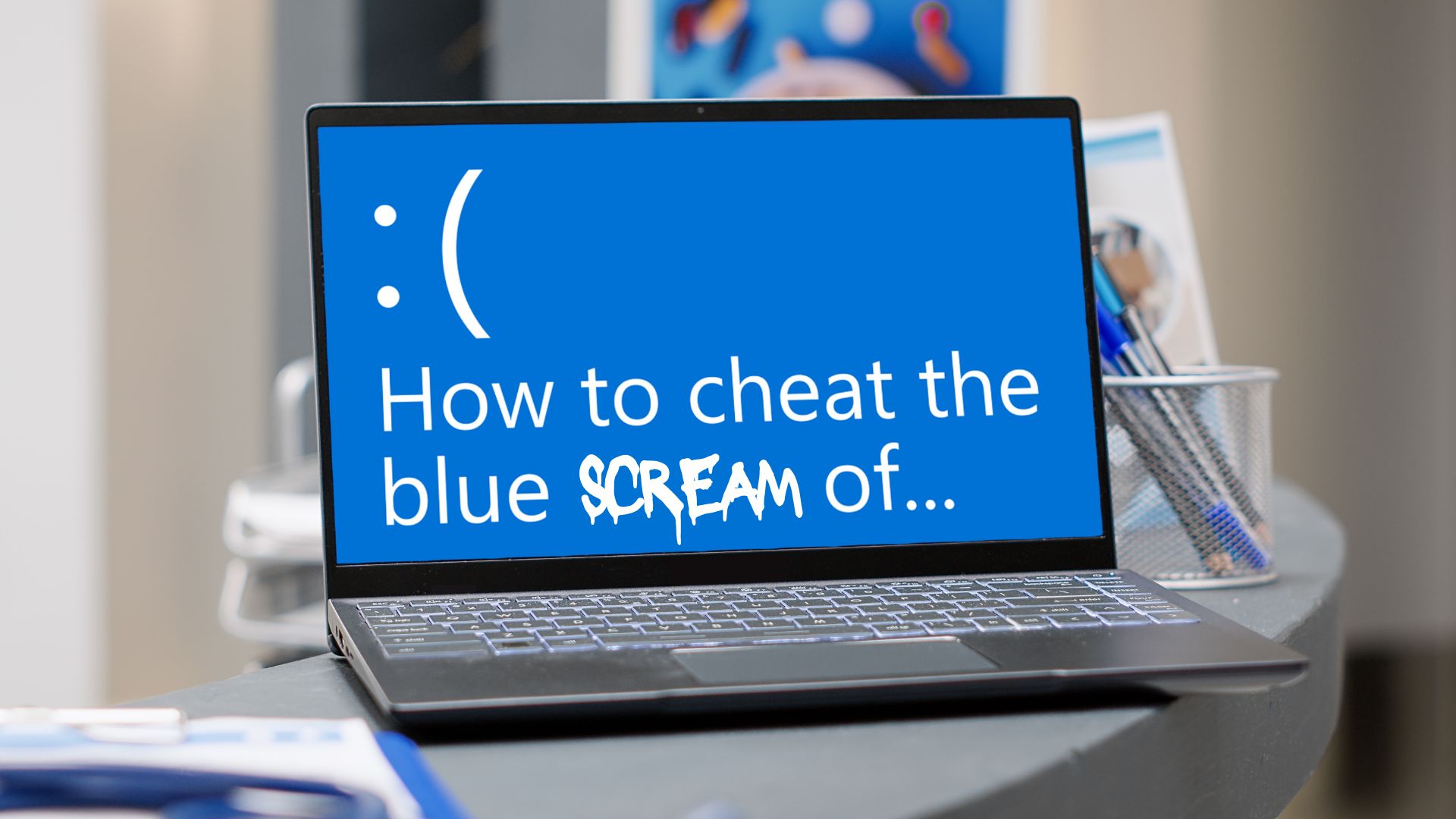
Top 10 Medical IT Tools for Clinics in 2025
Top 10 Medical IT Tools for Clinics in 2025
As the healthcare industry continues to evolve, the integration of technology into clinical practices is becoming increasingly essential. In 2025, medical IT tools are expected to play a pivotal role in enhancing patient care, streamlining operations, and ensuring compliance with regulations.
This article explores the top ten medical IT tools that clinics should consider adopting to stay ahead in this rapidly changing landscape.
1. Electronic Health Records (EHR) Systems
Electronic Health Records (EHR) systems have revolutionised the way patient information is stored and accessed.
In 2025, clinics will benefit from advanced EHR systems that offer improved interoperability, allowing for seamless sharing of patient data across different healthcare providers.
This interconnectedness is crucial, especially in emergency situations where immediate access to a patient's medical history can be life-saving.
By breaking down silos between healthcare facilities, EHR systems ensure that critical information, such as allergies, medications, and previous treatments, is readily available to all authorized personnel, thereby enhancing the quality of care.
Modern EHR systems are designed with user-friendly interfaces and mobile accessibility, enabling healthcare professionals to access patient records anytime and anywhere.
This not only enhances the efficiency of clinical workflows but also improves the overall patient experience.
For instance, telehealth services have gained immense popularity, and EHR systems that integrate with these platforms allow clinicians to review patient histories and make informed decisions during virtual consultations. Additionally, the ability to input and retrieve data on-the-go empowers healthcare providers to spend more time with patients rather than being bogged down by administrative tasks.
Key Features of EHR Systems
Some key features to look for in EHR systems include customizable templates, integrated billing solutions, and robust reporting capabilities.
These functionalities can help clinics optimize their operations and improve patient outcomes.
Customisable templates ensure that healthcare providers can tailor the documentation process to their specific specialties, making it easier to capture relevant information accurately.
Furthermore, integrated billing solutions streamline the payment process, reducing errors and expediting revenue cycles.
Robust reporting capabilities allow clinics to analyze patient data trends, which can inform clinical decisions and enhance preventive care strategies.
Future Trends in EHR
As artificial intelligence (AI) continues to advance, future EHR systems are expected to incorporate predictive analytics, enabling clinicians to make more informed decisions based on historical data and trends.
This could lead to significant improvements in personalized medicine, where treatments are tailored to individual patient profiles based on predictive insights.
Moreover, the integration of machine learning algorithms may assist in identifying potential health risks before they become critical, allowing for proactive interventions.
As these technologies evolve, the potential for EHR systems to transform healthcare delivery becomes increasingly promising, paving the way for a more data-driven approach to patient care.
2. Telemedicine Platforms
The rise of telemedicine has transformed the way healthcare is delivered, especially in the wake of the COVID-19 pandemic.
By 2025, telemedicine platforms will become an integral part of clinic operations, allowing patients to receive care from the comfort of their homes.

These platforms will not only facilitate virtual consultations but also enable remote monitoring of chronic conditions, ensuring that patients receive continuous care without the need for frequent in-person visits.
Benefits of Telemedicine
Telemedicine offers numerous benefits, including increased access to healthcare services, reduced wait times, and improved patient satisfaction.
Clinics that adopt telemedicine solutions will be better equipped to meet the needs of their patients in a convenient and efficient manner.
Integration with EHR
For maximum effectiveness, telemedicine platforms should integrate seamlessly with EHR systems.
This integration allows healthcare providers to access patient records during virtual visits, ensuring continuity of care and accurate documentation.
3. Practice Management Software
Practice management software is essential for streamlining administrative tasks within clinics.
In 2025, these tools will become more sophisticated, offering features that automate scheduling, billing, and patient communication.
By reducing the administrative burden on healthcare staff, practice management software allows providers to focus more on patient care, ultimately leading to better health outcomes.
Automation Features
Automation features, such as appointment reminders and billing notifications, can significantly reduce no-show rates and improve revenue cycle management.
Clinics that leverage these tools will experience enhanced operational efficiency.
Data Analytics Capabilities
Advanced practice management software will also include data analytics capabilities, enabling clinics to track performance metrics and identify areas for improvement.
This data-driven approach can lead to more informed decision-making and strategic planning.
4. Patient Engagement Tools
Engaging patients in their healthcare journey is crucial for improving outcomes and satisfaction.
By 2025, clinics will increasingly adopt patient engagement tools that facilitate communication and education.
These tools may include patient portals, mobile apps, and automated messaging systems, all designed to keep patients informed and involved in their care.
Benefits of Patient Portals
Patient portals empower individuals to access their health information, schedule appointments, and communicate with their healthcare providers.
This level of engagement fosters a sense of ownership over one’s health and encourages adherence to treatment plans.
Mobile Health Applications
Mobile health applications are also gaining traction, providing patients with resources and tools to manage their health on-the-go.
From medication reminders to wellness tracking, these apps can enhance patient engagement and promote healthier lifestyles.
5. Medical Billing Software
Efficient billing processes are vital for the financial health of clinics.
In 2025, medical billing software will continue to evolve, incorporating advanced features that simplify claims processing and reduce errors.
With the integration of AI, these systems will be able to automatically code procedures and diagnoses, minimizing the risk of human error and expediting the reimbursement process.
Features to Consider
When evaluating medical billing software, clinics should look for features such as real-time claim tracking, denial management, and comprehensive reporting tools.
These functionalities can significantly enhance revenue cycle management.
Compliance and Security
Compliance with regulations such as HIPAA is critical in the healthcare industry.
Medical billing software in 2025 will prioritize security measures to protect sensitive patient information while ensuring compliance with industry standards.
6. Health Information Exchange (HIE) Solutions
Health Information Exchange (HIE) solutions play a crucial role in facilitating the secure sharing of patient data among different healthcare entities.
By 2025, HIEs will become more prevalent, enabling clinics to provide coordinated care across various settings.
These solutions enhance communication between providers, reduce duplication of tests, and improve overall patient outcomes by ensuring that all healthcare providers have access to the same information.
Interoperability Challenges
While HIEs offer significant benefits, interoperability remains a challenge.
Clinics must select HIE solutions that prioritize seamless integration with existing EHR and practice management systems to maximize their effectiveness.
Future of HIE
In the coming years, advancements in blockchain technology may further enhance the security and efficiency of HIEs, allowing for more reliable and transparent data sharing among providers.
7. Cybersecurity Solutions
As clinics increasingly rely on digital tools, the importance of robust cybersecurity measures cannot be overstated. By 2025, cybersecurity solutions will be essential for protecting sensitive patient data from cyber threats.

Healthcare organisations will need to implement comprehensive security strategies that include threat detection, data encryption, and employee training to mitigate risks associated with data breaches.
Importance of Cybersecurity Training
Employee training is a critical component of cybersecurity.
Clinics should prioritize educating staff on best practices for data protection, including recognizing phishing attempts and securing devices.
Compliance with Regulations
Compliance with regulations such as HIPAA will remain a top priority for clinics.
Cybersecurity solutions must ensure that patient data is handled in accordance with these regulations to avoid costly penalties and maintain patient trust.
8. Artificial Intelligence and Machine Learning Tools
Artificial intelligence (AI) and machine learning (ML) are transforming the healthcare landscape, offering innovative solutions for diagnosis, treatment planning, and operational efficiency.
By 2025, clinics will increasingly leverage these technologies to enhance patient care.
AI-driven tools can analyze vast amounts of data to identify patterns and provide insights that aid in clinical decision-making.
This can lead to more accurate diagnoses and personalized treatment plans.
AI in Diagnostics
AI is particularly promising in the field of diagnostics. Machine learning algorithms can be trained to recognise abnormalities in medical images, improving the accuracy and speed of diagnoses.
Operational Efficiency
In addition to clinical applications, AI and ML can optimise administrative processes, such as scheduling and resource allocation, ultimately leading to improved operational efficiency within clinics.
9. Remote Patient Monitoring (RPM) Tools
Remote Patient Monitoring (RPM) tools are gaining traction as they enable healthcare providers to monitor patients' health conditions outside of traditional clinical settings.
By 2025, these tools will be essential for managing chronic diseases and ensuring continuous care.
RPM solutions utilise wearable devices and mobile applications to collect real-time health data, allowing clinicians to track patients’ progress and intervene when necessary.
Benefits of RPM
The benefits of RPM include increased patient engagement, reduced hospital readmissions, and improved health outcomes.
By keeping patients connected to their healthcare providers, RPM tools foster a proactive approach to health management.
Integration with EHR Systems
For maximum effectiveness, RPM tools should integrate with EHR systems, enabling healthcare providers to access comprehensive patient data and make informed decisions based on real-time information.
10. Cloud-Based Storage Solutions
As clinics continue to generate vast amounts of data, the need for secure and scalable storage solutions becomes paramount.
By 2025, cloud-based storage solutions will be widely adopted, offering clinics a flexible and cost-effective way to manage their data.

Cloud storage allows for easy access to patient records and other critical information while ensuring data security and compliance with regulations.
Advantages of Cloud Storage
Some advantages of cloud-based storage include automatic backups, scalability, and reduced IT costs.
Clinics can focus on patient care rather than managing complex IT infrastructure.
Future Trends in Cloud Technology
As cloud technology continues to evolve, clinics can expect enhanced features such as advanced encryption methods and improved data analytics capabilities, further optimizing their operations.
Conclusion
As the healthcare landscape continues to evolve, clinics must adapt to the changing environment by embracing innovative medical IT tools.
The tools outlined in this article represent the forefront of technology in healthcare for 2025, each offering unique benefits that can enhance patient care and streamline operations.
By investing in these technologies, clinics can improve their efficiency, engage patients more effectively, and ultimately provide better healthcare services.
The future of healthcare is bright, and the right tools can make all the difference.



